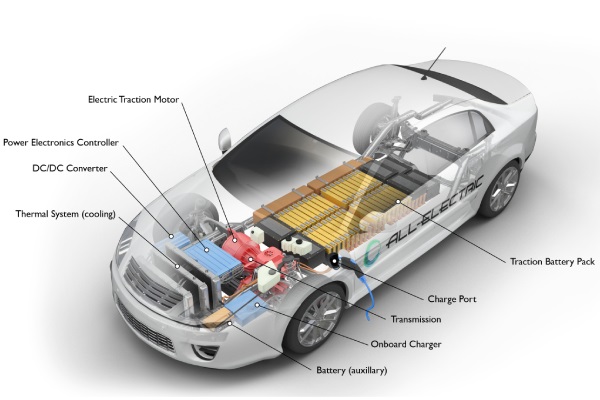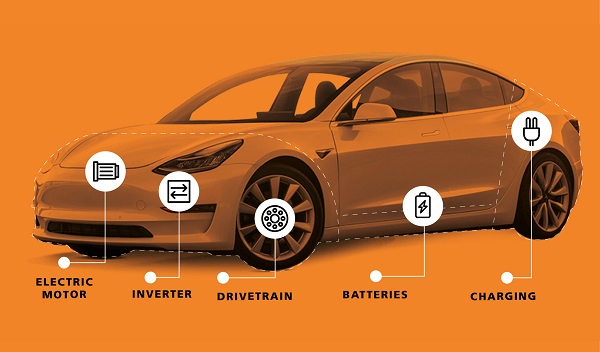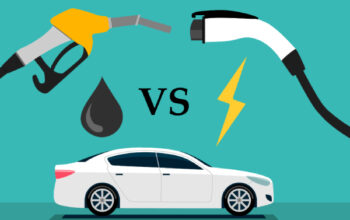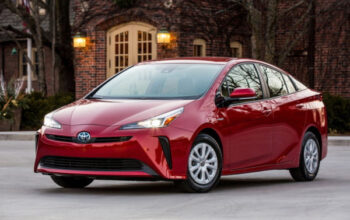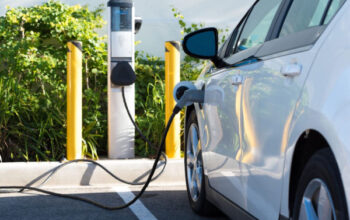The Different Kinds Of Electric Cars And How They Function
Learn the functioning of the electric engine
Are you wondering how the best electric cars work? Well, in this blog, we have discussed the functioning of EVs or electric cars and also the difference between pure electric cars and hybrid cars.
The electric car works by being plugged into a charging socket and obtaining electricity from the power grid. The electricity gets stored in the rechargeable batteries that supply power to the electric motor that spins the wheels. Electric cars function faster than vehicles that run with traditional fuel engines. Thus, it feels better and lighter to drive electric cars.
If you want to charge your electric vehicle, you can plug it into your home charging unit or an open charging station in the public. There are several charging stations around the country where you can completely charge your vehicle when you are out or on the road. If you want to save money when performing home charging, you should see that your EV electricity tariff is right. This way, you can save on the electricity bill and spend less while charging.
Know about different kinds of electric cars
There are several kinds of electric vehicles. Some cars are pure electric vehicles, and some depend on electricity and fuel like diesel or petrol and they are referred to as hybrid electric vehicles.
- Hybrid electric: It runs on fuel such as diesel or petrol and also comes with an electric battery that can be recharged over regenerative braking. It lets you change between using EV mode and utilising the fuel engine by just touching the button. You cannot plug the car into an electric source. It depends on diesel or petrol for energy.
- Plug-in hybrid: It mainly functions on electricity and also comes with a customary fuel engine where you can use diesel or petrol. When you are running out of electricity, you can switch to use fuel. If it is functioning on fuel, the car will create emissions. However, when they function on electricity, it would not produce emissions. The plug-in hybrid cars can be recharged by plugging into an electric power grid.
- Plug-in electricity: It completely functions on electricity. It does not require diesel or petrol, and so it does not produce any emissions.
Know about the electric vehicle’s inner parts
Electric vehicles do not have many moving parts because it is not an Internal Combustion Engine or ICE car. Let’s look at what helps in keeping the EV moving.
Charging: It should be plugged into an EV charging point or outlet to charge the battery of the vehicle.
Batteries: It helps in storing the electricity that is needed to function the electric vehicle. If the battery’s kW is higher, then the range would be higher.
Drivetrain: It comes with a single-speed transmission that transports energy to the wheels from the motor.
Inverter: It transforms the electric current as direct current or DC form into AC or alternating current.
Electric motor or engine: It offers energy for the wheel’s rotation. It can be AC or DC type. But AC motors remain very common.
What is the charging speed of electric cars?
There are three charging speeds in electric vehicles. They are slow, rapid, and fast.
Rapid: It is mostly valued from 43kW. It is compatible with electric vehicles that have rapid charging capability. The charging time would be 30 to 60 minutes.
Fast: It is mostly valued either 22kW or 7kW. It is mostly set up in houses that have off-street parking, leisure centres, supermarkets, and car parks. The charging time would be three to four hours.
Slow: It is rated about 3kW.

